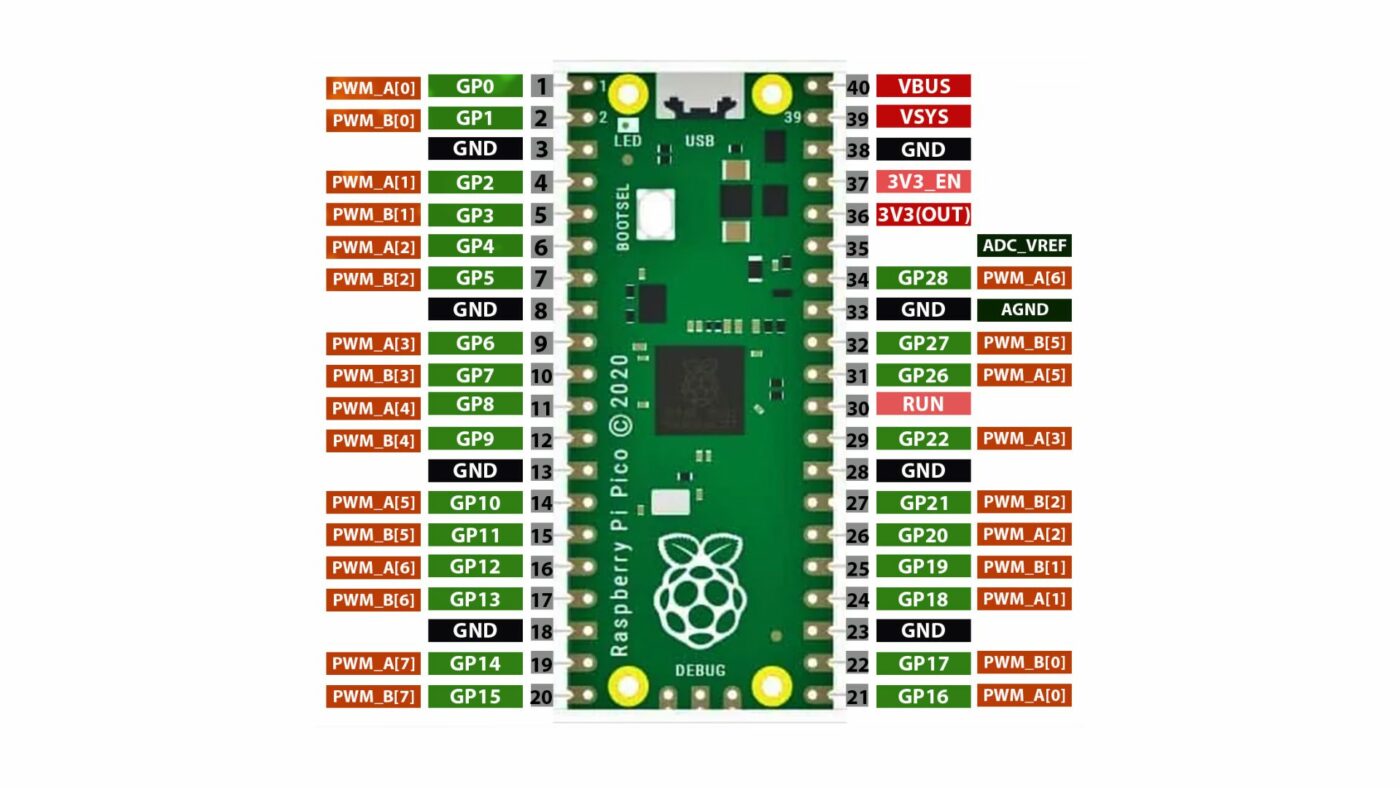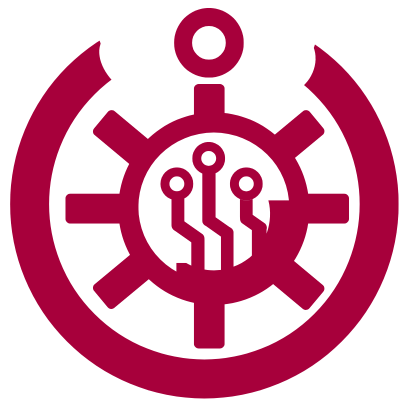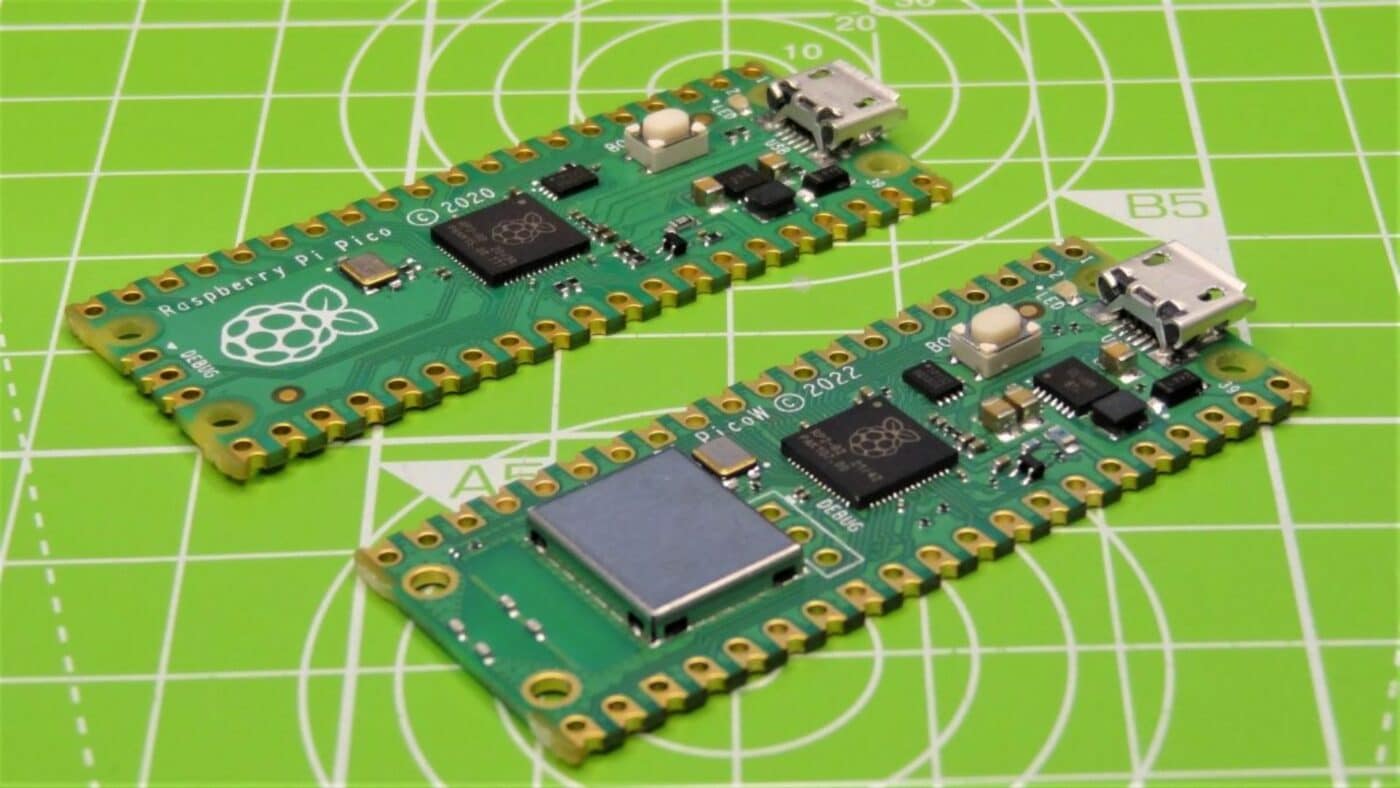Everything We Know About Raspberry Pi Pico: A Game-Changer for Microcontrollers
Raspberry Pi, known for its powerful single-board computers, has ventured into the world of microcontrollers with its latest creation, the Raspberry Pi Pico. This compact yet mighty microcontroller board has been making waves in the maker community. In this blog post, we’ll dive into everything we know about the Raspberry Pi Pico, from its specifications to its potential applications, and explore why it’s a game-changer in the world of microcontrollers.

- Introduction to Raspberry Pi Pico:
The Raspberry Pi Pico is a tiny microcontroller board that packs a punch. It features the RP2040 microcontroller chip, developed by Raspberry Pi themselves, which brings a combination of performance, versatility, and affordability to the table. The Pico is a departure from the traditional Linux-based Raspberry Pi boards, focusing purely on microcontroller capabilities. - Specifications and Features:
Here’s a breakdown of the key specifications and features of the Raspberry Pi Pico: a. RP2040 Microcontroller: The heart of the Pico is the RP2040 microcontroller, based on a dual-core ARM Cortex-M0+ processor running at 133 MHz. It offers ample processing power and efficient energy consumption. b. Memory and Storage: The Pico is equipped with 264KB of SRAM, which is sufficient for most microcontroller projects. It does not have built-in storage, but it supports external flash memory for program storage. c. GPIO Pins: The Pico boasts an impressive 26 general-purpose input/output (GPIO) pins, allowing for extensive connectivity and interaction with various sensors, actuators, and other components. d. Programmable with MicroPython and C/C++: The Pico can be programmed using MicroPython, a beginner-friendly language, or C/C++ using the official SDK, giving developers flexibility in choosing their preferred programming language. e. USB Connectivity: The Pico features a micro-USB port that allows for power supply, data transfer, and programming capabilities. It can also be used as a USB device when connected to a computer. - Unique Selling Points:
The Raspberry Pi Pico stands out in the world of microcontrollers due to several key factors: a. Affordability: The Pico is incredibly affordable, making it accessible to a wide range of hobbyists, students, and professionals who want to venture into microcontroller projects without breaking the bank. b. Community Support: Raspberry Pi has a strong community of users, developers, and enthusiasts. The Pico benefits from this vibrant community, offering extensive resources, tutorials, and support. c. Open-Source Design: The Pico’s design and documentation are open-source, allowing users to modify and customize the board according to their specific needs. This fosters innovation and collaboration among the maker community. - Potential Applications:
The Raspberry Pi Pico opens up a world of possibilities for microcontroller projects. Here are a few potential applications: a. IoT Devices: Develop IoT devices that connect to the internet, collect data from sensors, and interact with other devices using the Pico’s GPIO pins and connectivity options. b. Robotics: Control motors, servos, and other robotic components to build autonomous robots or remotely controlled systems. c. Sensor Monitoring: Utilize the Pico to interface with a wide range of sensors, such as temperature, humidity, motion, or light sensors, for data collection and analysis. d. Automation: Create smart home automation systems that can control lights, appliances, and other devices based on predefined conditions. - Getting Started:
To start your journey with the Raspberry Pi Pico, you’ll need the board itself, a computer, and a USB cable. You can choose to program it using MicroPython or C/C++ with the official SDK. The Raspberry Pi website provides comprehensive documentation and resources to help you get started.
The Raspberry Pi Pico is a game-changer in the world of microcontrollers. With its compact size, powerful RP2040 microcontroller, extensive GPIO pins, affordability, and support from the Raspberry Pi community, the Pico empowers makers, hobbyists, and professionals to embark on exciting microcontroller projects. Whether you’re interested in IoT, robotics, sensor monitoring, or automation, the Raspberry Pi Pico is a versatile and accessible platform that will fuel your creativity and innovation. Embrace the possibilities and let the Raspberry Pi Pico be your gateway to microcontroller excellence.

